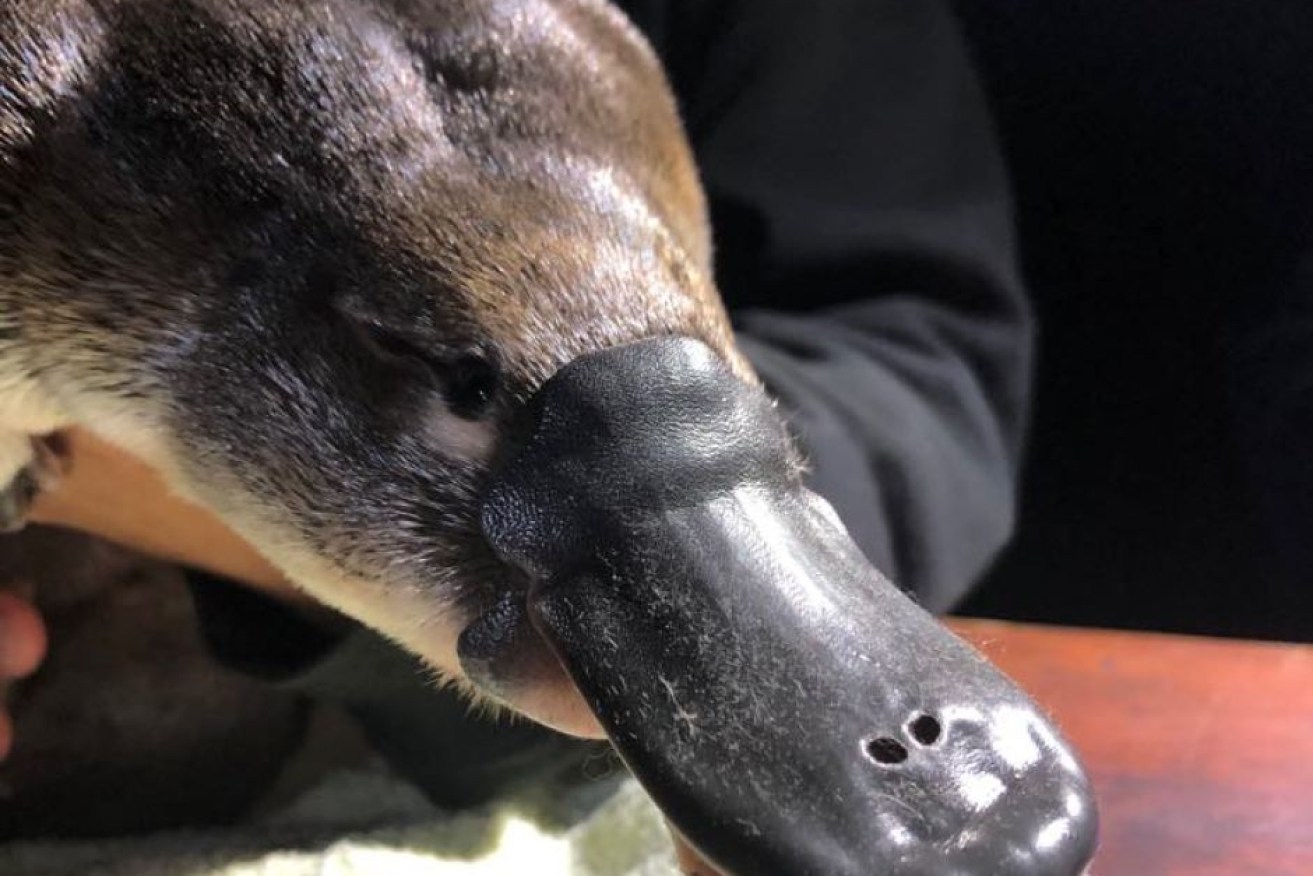Platypus struggle to survive, with huge national decline over past 200 years

Climate change is ravaging platypus populations, making the Sydney colony vital for their long-term survival. Photo: Platypus Conservation Initiative Photo: Platypus Conservation Initiative
Poor water management of the Murray-Darling Basin, combined with a lack of water, is to blame for an alarming decrease in platypus numbers in that area, new research has found.
Declines in Australia’s platypus population have likely been underestimated, and may have halved since Europeans arrived, University of NSW scientists say.
Professor Richard Kingsford and his team from UNSW have been studying the platypus for four years.
“The figures are essentially telling us that there’s been this huge decline in platypus numbers over the last 100 to 200 years and we’re not really dealing with that,” Professor Kingsford says.
The animal has disappeared from large areas, including the Murray-Darling Basin – with no official observations in the past 10 years in half of the catchments of the basin.
The data is concerning for the platypus, with current population estimates ranging from 30,000 to 300,000, report author and PhD candidate Tahneal Hawke said.
“In the western-flowing rivers, platypus were once abundant in the hundreds, but now again it’s rare to see platypus on those rivers,” Ms Hawke said.
Fur trade had lasting effect

Dr Sandy Ingleby with a platypus fur rug made from 48 individual animals. Photo: ABC News
The researchers also concluded the animal has never recovered after being hunted in numbers between the 18th and 19th centuries.
“There was one record of a single furrier selling up to 29,000 platypus skins before the First World War, so we think that has caused long-term impacts across their range,” Ms Hawke said.
At the Australian Museum, one platypus quilt donated from the public is made up of 48 individual platypus skins, collections manager at the museum, Dr Sandy Ingleby said.
“You wouldn’t expect now to go out and be able to kill thousands of platypus just for a rug – they were protected by 1912 in NSW,” she said.
“One or two hunters could actually kill thousands. I believe because they didn’t want to shoot them and damage the skins, they would fire under the water and sort of stun them.”

A juvenile male platypus is measured as part of the scientific research. Photo: UNSW
Professor Kingsford says much more needs to be done for the near-threatened species.
“It’s important that the Murray-Darling Basin Authority work with the states to highlight the importance of ensuring there is enough water in the dry times, like now, for platypus to survive,” he said.
Murray-Darling Basin Authority spokesman Carl Binning said he was not surprised to learn about declining platypus numbers.
“The Murray-Darling Basin is our largest river system – we’ve recognised that system has been over-allocated and that’s what the authority and the basin plan is all about,” he said.
“Platypus are really interesting creatures – they’re unique and they really like pristine habitat, so I wouldn’t expect that we’re going to be able to recover platypus populations across the basin.”
“But in some of our rivers that are in better shape there are still platypus and we really need to look after them.”
The project analysed data on platypus distribution and abundance from the past 258 years, and compared it with recent data from three years of surveys.
The research will be published in the Global Ecology and Conservation Journal.

Tahneal Hawke with nets used to capture the platypus for research.
–ABC








